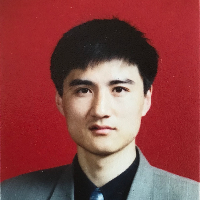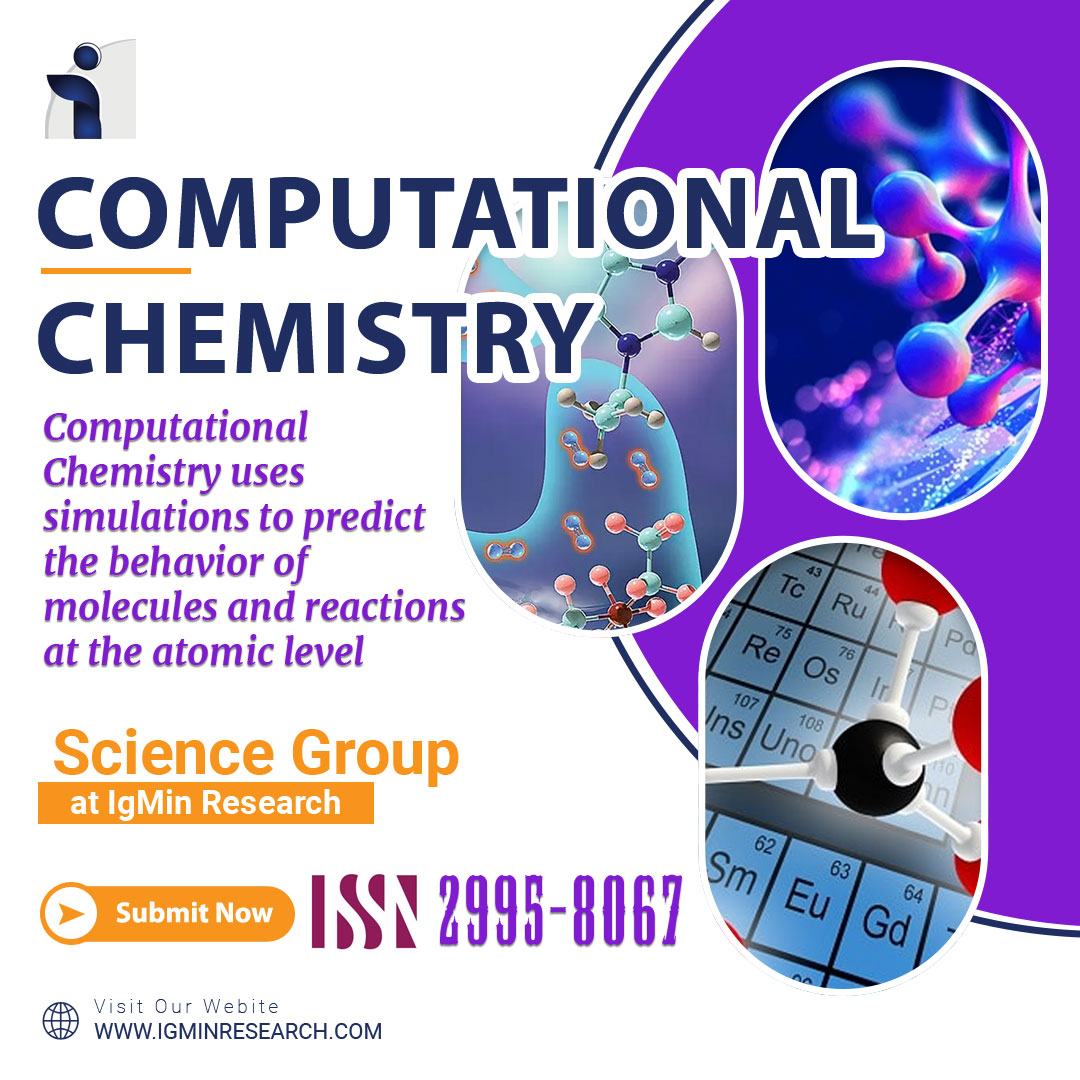Open Access Policy refers to a set of principles and guidelines aimed at providing unrestricted access to scholarly research and literature. It promotes the free availability and unrestricted use of research outputs, enabling researchers, students, and the general public to access, read, download, and distribute scholarly articles without financial or legal barriers. In this response, I will provide you with an overview of the history and latest resolutions related to Open Access Policy.
We present here the incompleteness of the Copenhagen interpretation regarding the impossibility of explaining the transition from the exact quantum mechanics to the Born-Oppenheimer approximation, where the inaccurate method captures phenomena like spontaneous symmetry breaking, but this is impossible to achieve with exact equations. The solution to this dilemma lies in the revision of quantum field theory which bounds together internal and external (vibrational, translational, and rotational) degrees of freedom in a similar way as the Lorentz ...transformation deals with space and time. This is the only way how to exactly mathematically justify the corrections beyond the Born-Oppenheimer approximation (Born-Huang ansatz). The consequences are overwhelming: It reveals the wrong BCS theory of superconductivity, derived on the basis of the incomplete quantum field, and all erroneous theories inspired by the BCS one (e.g. Higgs mechanism). Moreover, the second Bohr complementarity emerges from the mechanical wholeness and field fragmentation, opening the door for the megascopic mirror of the microscopic Copenhagen interpretation and for the explanation of megascopic quantum phenomena. Finally, we get an entirely new look at the meaning of physics and chemistry: The first one deals with microscopic and the second one with megascopic phenomena.














